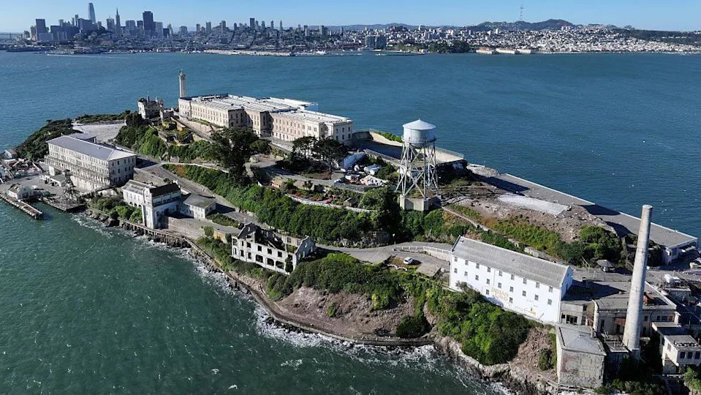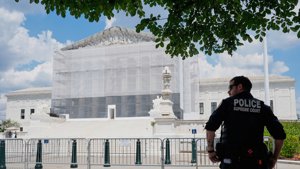
Trump Team Weighs Alcatraz Return as Federal Prison
Officials review plans to restore Alcatraz as a federal prison for the “worst of the worst,” citing security and symbolic value.
Alcatraz Island Inspected for Possible Federal Prison Revival
The Trump administration is formally considering reviving Alcatraz, the infamous island prison in San Francisco Bay, as a high-security detention center for the nation’s most dangerous offenders. On Thursday, U.S. Attorney General Pam Bondi and Interior Secretary Doug Burgum toured the historic site, accompanied by National Park Service officials, at the direction of President Donald Trump.
The review follows Trump’s May announcement calling for a feasibility study to determine whether Alcatraz can once again serve as a federal correctional institution. White House press secretary Karoline Leavitt explained that the president’s goal is to explore whether the iconic facility could help project law and order nationwide.
The officials spent hours inspecting the decaying infrastructure, including the main cell blocks and normally restricted areas, gathering information for a report that will be delivered to the president. The visit was described as a fact-finding mission and not an official commitment to reopening the prison.
“This was an idea of the president,” Leavitt told reporters in Washington. “He spoke about it in May and directed his administration to review a reopening plan for Alcatraz if it is possible.”
Security, Symbolism, and Significant Challenges
Originally operated as a military prison in the 1850s, Alcatraz served as a federal penitentiary from 1934 to 1963. It became known for its isolation, strict control, and the inability of any inmate to escape and survive. With a maximum capacity of 336 inmates and a staff of over 150, Alcatraz was considered among the most secure facilities in the country.
Attorney General Bondi emphasized the symbolic value of reopening the Rock, noting that its reputation for impenetrability and remote location could serve as a deterrent to violent criminals, federal predators, and illegal aliens. “This is a terrific facility,” Bondi stated. “It needs a lot of work, but no one has been known to escape from Alcatraz and survive.”
Secretary Burgum stressed that the goal is to assess feasibility. “It’s a federal property. Its original use was a prison. We’re here to take a look at whether it can serve that purpose again,” he said. However, the island poses serious logistical hurdles, lacking direct power and water from the mainland. Any restoration would require major infrastructure upgrades to meet modern standards, environmental regulations, and federal codes.
The Bureau of Prisons, under the Department of Justice, would operate Alcatraz if reactivated. The site, managed by the National Park Service since 1973, currently draws over 1.5 million tourists annually as a historic landmark, a factor that could influence any decision to return it to a secured correctional use.
The initiative is not without controversy. Local leaders, including former House Speaker Nancy Pelosi, criticized the plan. The administration has not announced a decision timeline, and will review findings before proceeding further.
Alcatraz’s legacy endures, with 14 escape attempts and 36 would-be escapees recorded during its 29 years as a federal prison, though none were ever confirmed to have survived the treacherous bay waters. As Burgum concluded, “This is Alcatraz. The name still means something.”






